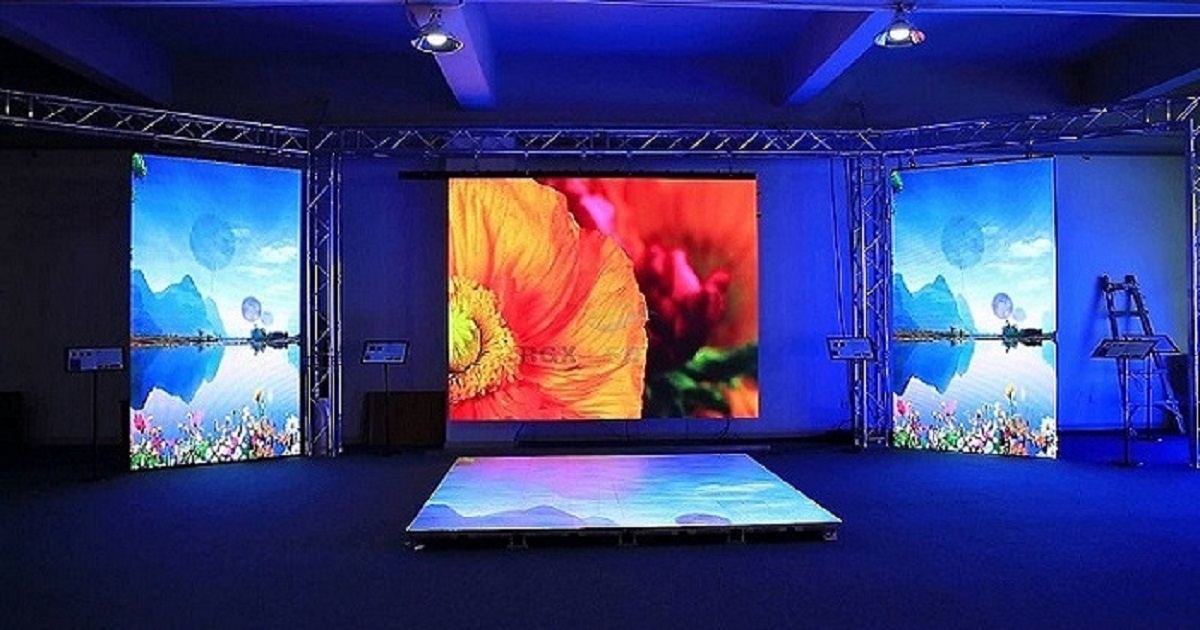SMD (Surface Mount Device) screens have revolutionized the world of electronics, offering unparalleled clarity and versatility in display technology. From smartphones and televisions to commercial signage and automotive displays, SMD screens have become ubiquitous in modern society, providing a window to clarity in our digital world.
Evolution of SMD Screen
The development of SMD Screen can be traced back to the early days of surface mount technology in the electronics industry. Over the years, significant advancements in manufacturing processes, materials, and display technologies have propelled SMD screens to the forefront of electronic displays, surpassing the limitations of traditional display technologies.
Understanding SMD Screen Technology
SMD screens consist of an array of tiny light-emitting diodes (LEDs) mounted directly onto a circuit board, eliminating the need for bulky backlighting components found in traditional LCD screens. This innovative design allows for thinner, lighter, and more energy-efficient displays with superior image quality and color accuracy.
Applications of SMD Screens
SMD screens find widespread applications across various industries, including consumer electronics, commercial displays, automotive instrumentation, and medical imaging. From high-definition televisions and digital billboards to dashboard displays and surgical monitors, SMD screens enhance user experiences and provide critical visual information in diverse environments.
Advantages of SMD Screens
One of the primary advantages of SMD screens is their exceptional clarity and image quality, thanks to their high pixel density and precise color reproduction capabilities. Additionally, SMD screens are highly energy-efficient, consuming less power than traditional display technologies while delivering superior brightness and contrast. Furthermore, SMD screens are renowned for their durability and reliability, making them ideal for long-term use in demanding applications.
Challenges and Limitations
Despite their numerous advantages, SMD screens also present certain challenges and limitations. Cost considerations may deter widespread adoption, particularly for large-scale applications requiring extensive display arrays. Maintenance requirements, such as periodic calibration and replacement of faulty LEDs, can also add to the total cost of ownership. Additionally, compatibility issues with existing hardware and software may arise when integrating SMD screens into existing systems.
Future Trends in SMD Screen Technology
Looking ahead, the future of SMD screen technology is marked by continued innovation and evolution. Miniaturization efforts will result in even thinner and more lightweight displays, opening up new possibilities for portable and wearable devices. Flexible and curved display technologies will enable the creation of immersive viewing experiences, while integration with emerging technologies such as augmented reality and artificial intelligence will further enhance the capabilities of SMD screens.
Conclusion
In conclusion, SMD screens represent a pinnacle of display technology, offering unmatched clarity, versatility, and performance in the world of electronics. As the demand for high-quality visual displays continues to grow across various industries, SMD screens will remain at the forefront of innovation, providing a window to clarity in our increasingly digital world.
FAQs
Q1: What does SMD stand for in SMD screens?
A: SMD stands for Surface Mount Device. SMD screens utilize surface mount technology, where electronic components, including light-emitting diodes (LEDs), are mounted directly onto the surface of a circuit board, eliminating the need for bulky backlighting components found in traditional LCD screens.
Q2: How do SMD screens differ from traditional LCD screens?
A: SMD screens differ from traditional LCD screens primarily in their construction and design. While LCD screens rely on a backlighting system to illuminate pixels and create images, SMD screens utilize an array of tiny LEDs mounted directly onto a circuit board.
Q3: What factors should be considered when choosing an SMD screen for a specific application?
A: When choosing an SMD screen for a specific application, several factors should be considered, including:
- Resolution and pixel density
- Size and form factor
- Brightness and contrast ratio
- Energy efficiency
- Durability and reliability
- Compatibility with existing hardware and software
Cost considerations
- By evaluating these factors, users can select the most suitable SMD screen for their intended application, whether it's for consumer electronics, commercial displays, automotive instrumentation, or medical imaging.
Q4: Are there any environmental considerations associated with SMD screens?
A: SMD screens offer certain environmental advantages compared to traditional display technologies. Due to their energy-efficient design, SMD screens consume less power, resulting in lower energy consumption and reduced carbon emissions. Additionally, the long lifespan and durability of SMD screens contribute to fewer electronic waste disposal, making them a more environmentally friendly choice for electronic displays.
Q5: What are some emerging trends in SMD screen technology?
A: Emerging trends in SMD screen technology include:
- Miniaturization: Continued efforts to reduce the size and weight of SMD screens for portable and wearable devices.
- Flexible and curved displays: Development of flexible and curved SMD screens for immersive viewing experiences and innovative form factors.
- Integration with emerging technologies: Integration of SMD screens with technologies such as augmented reality, virtual reality, and artificial intelligence to enhance functionality and user experiences.
Environmental sustainability: Adoption of eco-friendly materials and manufacturing processes to reduce the environmental impact of SMD screen production and disposal.


No comments yet